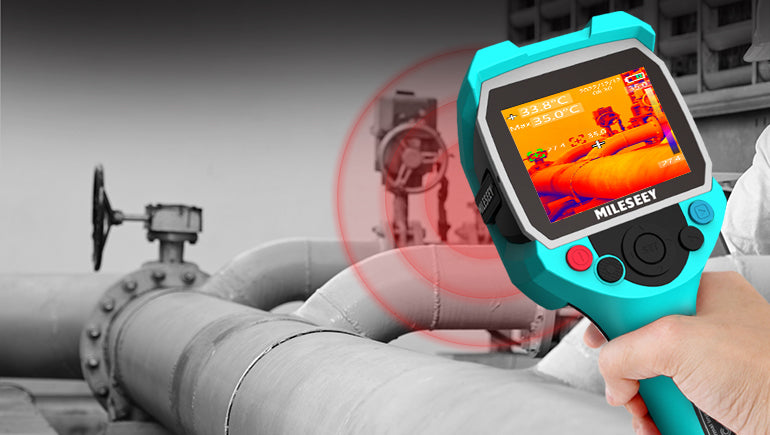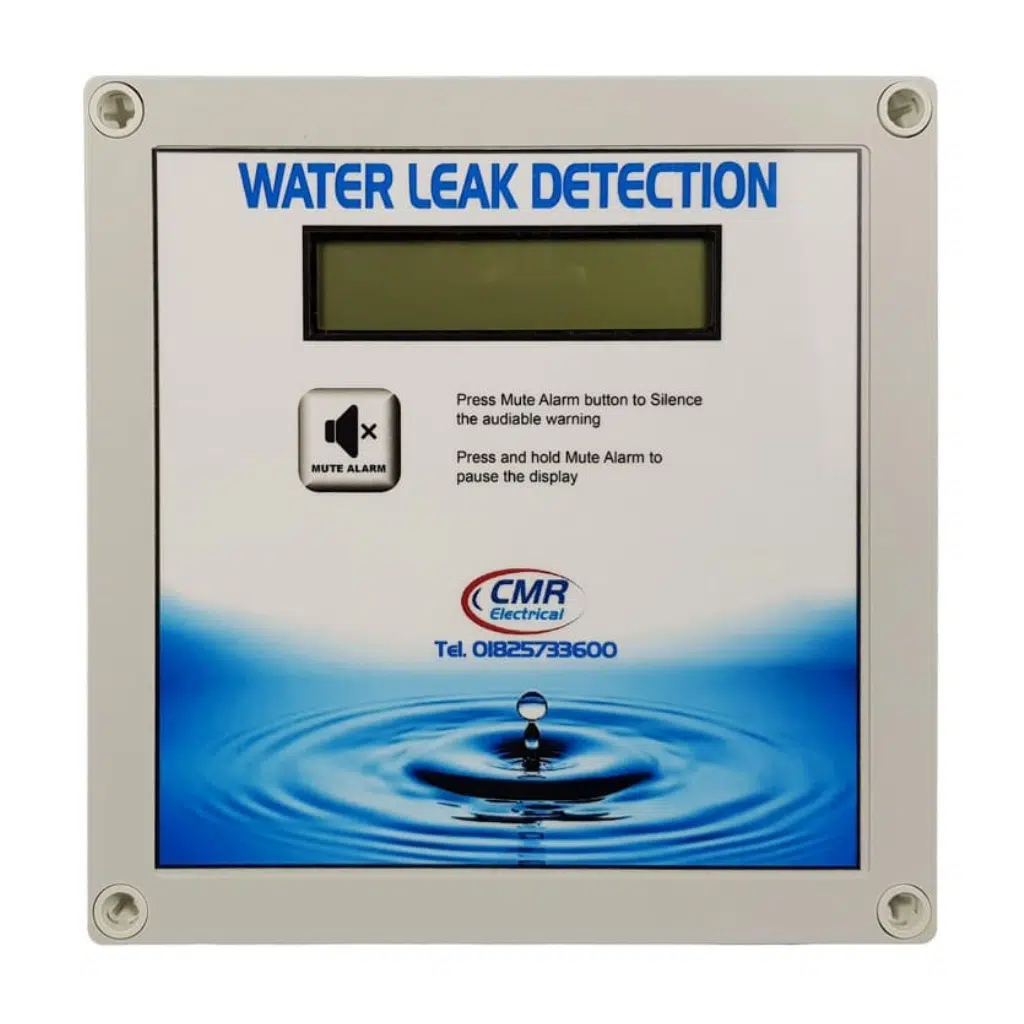Comprehensive Overview to Water Leak Detection for Home Owners and Organizations
Ingenious Solutions for Very Early Discovery of Water Leakages in Structures and Framework
As the stability of structures and facilities is paramount, the challenge of early detection of water leaks has actually stimulated cutting-edge options that guarantee to transform the method we secure against prospective problems. From cutting-edge leak detection innovations to the deployment of IoT sensing units for real-time tracking, the landscape of leakage prevention is progressing swiftly. Equipment discovering algorithms use a glance into the future of leak forecast, while thermal imaging offers a non-intrusive technique for identifying hidden leakages. Automated water flow analysis systems are reshaping how leaks are recognized and addressed, leading the means for a positive strategy to water leakage detection. Each of these solutions holds the essential to making sure the reliability and durability of our built atmosphere, triggering a change towards an extra sustainable and efficient future.
Advanced Leak Discovery Technologies
Advanced leak discovery modern technologies, furnished with advanced sensing units and algorithms, play a vital function in swiftly recognizing and pinpointing water leaks in various settings. These innovations utilize a mix of acoustic, thermal, and electromagnetic picking up approaches to discover leakages precisely. Acoustic sensing units discover the noise of running away water, enabling exact localization of the leak resource. Thermal imaging spots temperature changes caused by water leakage, providing an additional reliable technique for leak recognition. Electro-magnetic sensors can identify modifications in magnetic fields triggered by water, offering yet one more layer of leakage detection capacity.

IoT Sensors for Real-Time Tracking
In the world of modern-day water leak detection, the assimilation of IoT sensors for real-time surveillance represents a critical innovation in boosting positive leakage detection abilities. These sensors use continual monitoring of water supply, providing real-time information on water circulation rates, stress variations, and temperature level changes. By leveraging IoT technology, these sensing units can detect even the smallest anomalies in water usage patterns, making it possible for very early recognition of prospective leaks prior to they intensify right into significant issues.
IoT sensing units transfer data to a central system, where sophisticated formulas assess the info and create alerts or alerts when abnormalities are identified. This real-time tracking capability permits residential or commercial property owners or center managers to immediately deal with leaks, lessening water damage, decreasing repair service prices, and saving water sources.
Furthermore, IoT sensors can be incorporated with structure management systems, permitting automated reactions to detected leakages, such as shutting down water shutoffs or turning on pumps to alleviate the effect of leaks. In general, the application of IoT sensing units for real-time surveillance considerably enhances the performance and performance of water leak discovery in buildings and framework.
Machine Understanding Algorithms for Leak Prediction

One key benefit of making use of maker knowing for leakage prediction is its capacity to continuously find out and boost its accuracy in time. As even more data is gathered Discover More Here and fed into the algorithm, it can refine its predictions and adjust to changing problems, ultimately increasing the reliability of leakage detection systems.
Furthermore, equipment discovering formulas can aid in recognizing refined signs of leaks that might go unnoticed by standard monitoring techniques. water leak detection. By examining complex information embed in real-time, these formulas can provide early warnings and informs, allowing for punctual intervention and preventive maintenance to alleviate prospective water damages and associated prices
Using Thermal Imaging for Leak Detection
Thermal imaging innovation offers an encouraging strategy for finding water leaks in numerous systems and facilities. By using infrared radiation and temperature level differences, thermal imaging cameras can recognize concealed leakages that are not conveniently visible to the naked eye. When water escapes from pipelines or frameworks, it commonly changes the temperature of the surrounding area, developing temperature differentials that thermal electronic cameras can catch. These temperature level irregularities are after that converted into visible images, highlighting the precise area of the leak. look these up
One of the crucial benefits of thermal imaging for leakage discovery is its non-intrusive nature. In general, the usage of thermal imaging modern technology improves the effectiveness and precision of water leak detection, making it a useful tool for maintaining the stability of structures and frameworks.
Automated Water Flow Evaluation Solutions
Exactly how can automatic water flow evaluation systems reinvent the discovery and monitoring of leaks in numerous systems and infrastructures? Automated water flow evaluation systems use a positive approach to leakage detection by continuously checking water circulation rates and patterns. By developing standard data, these systems can swiftly identify variances that may indicate a leak, making it possible for timely treatment to stop comprehensive damage.
These systems use innovative formulas to examine real-time information and supply immediate notifies when abnormalities are spotted, enabling swift activity to be taken. Additionally, automated water circulation analysis systems can be incorporated with building administration systems or IoT platforms, enhancing total efficiency and enabling remote surveillance Clicking Here capacities.
Moreover, the data accumulated by these systems can be utilized for predictive upkeep purposes, aiding to determine prospective powerlessness in the framework prior to leaks happen. In general, the execution of automated water flow analysis systems can dramatically improve leakage detection and administration techniques, ultimately causing set you back savings, reduced water waste, and raised sustainability in structures and infrastructure.

Final Thought
To conclude, the combination of innovative leakage detection modern technologies, IoT sensing units, artificial intelligence formulas, thermal imaging, and automatic water flow analysis systems provides cutting-edge remedies for early detection of water leaks in structures and facilities. These modern technologies enable real-time monitoring, prediction of leakages, and efficient detection approaches to protect against water damages and wastage. Applying these remedies can help in preserving the stability and sustainability of water systems in different settings.